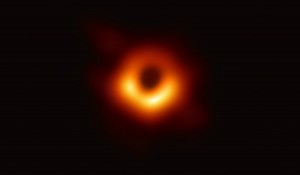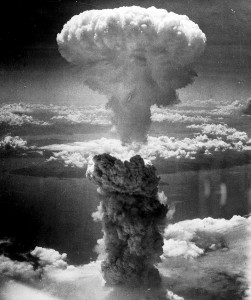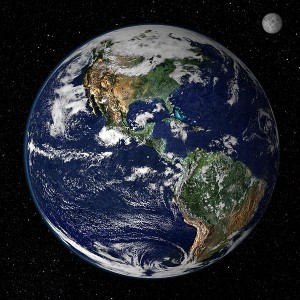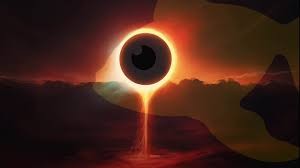Wash Away the Rain

The first photograph of a Black Hole, once called a Frozen Star
(Event Horizon Telescope April 10, 2019)
Black Holes and the Pale Blue Dot: Creation and Destruction
Black holes are so dense and have such strong gravity that anything that crosses their threshold — known as the event horizon — gets pulled into them, never to return. That includes both matter and light, making them black and invisible.
(Nicole Mortillaro, CBC News, April 10, 2019)
By no means can I hope to comprehend the heavens above and below. The universe is all around in all places, all beings, all creation, void or filled. And yet with today’s first image of a black hole and refracted words from Chris Cornell swimming within my person, our world, this place is mixed within all my thoughts, my words for all today.
If you wish to make an apple pie from scratch, you must first invent the universe.
(Carl Sagan, Astronomer)
From pale blue dot to black hole I linger this day…thinking about the more of creation, how action and reaction, occurrence and consequence enfilades our lives. And though today is for celebration (an achievement) my day is also gnawed upon with the pulsating drone of Soundgarden refracted throughout my musings…Black Hole Sun Won’t You Come and Wash Away the Rain. Black Hole Sun Won’t You Come Won’t You Come.
Never to return, we have seen the unseen…light, dark…wisdom from science…Sagan, Oppenheimer, Einstein, too many for me to grasp. Though the day brings to me the wonderment of all creation it is refracted by our appetite for destruction…the less of creation. Within science there is achievement, but so too there is destruction. The event horizon of two atomic bombs whose mushroom clouds live deep in our chaos…What if we set the sky on fire? asked the scientists…or of a lone Piper on a Great War field of battle:
My Dear Mother, This is not a war at all. It’s scientific slaughter.
(From the letters of Piper James Cleland Richardson V.C.)
Let us hope that the darkness of our science; Gatlings, Mines, Shrapnel, Vickers and Maschinegewehrs, Chlorine and Mustard gases, V1s, V2s, Kamikazes, Fatman, Little Boy, Napalm, Agent Orange, Weaponized Bacteria and so many more that we do not become our own self-inflicted black hole (sun), all consuming, densely filled with our fragments, never to return..black and invisible.
Now I am become Death, the destroyer of worlds.
(J. Robert Oppenheimer, Theoretical Physicist,
Wartime Head Los Alamos Laboratory, Manhattan Project)

The mushroom cloud formed by the detonation of the atomic bomb “Fatman” on Nagasaki, Japan, August 9, 1945.
(Wiki Image)
The release of atomic power has changed everything except our way of thinking…the solution to the problem lies in the heart of mankind. If only I had known. I should have become a watchmaker.
(Albert Einstein, Theoretical Physicist, 1945)



Comments